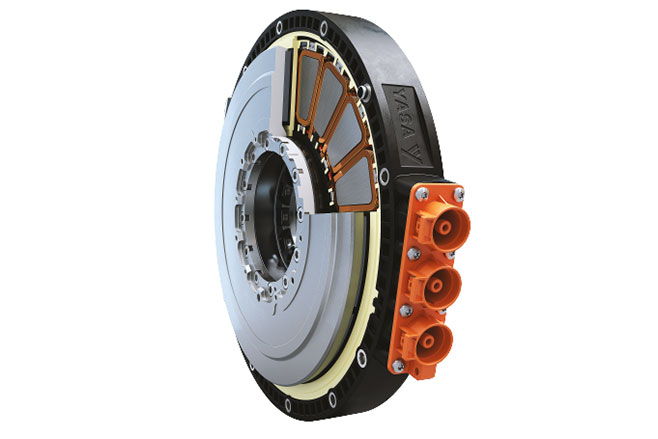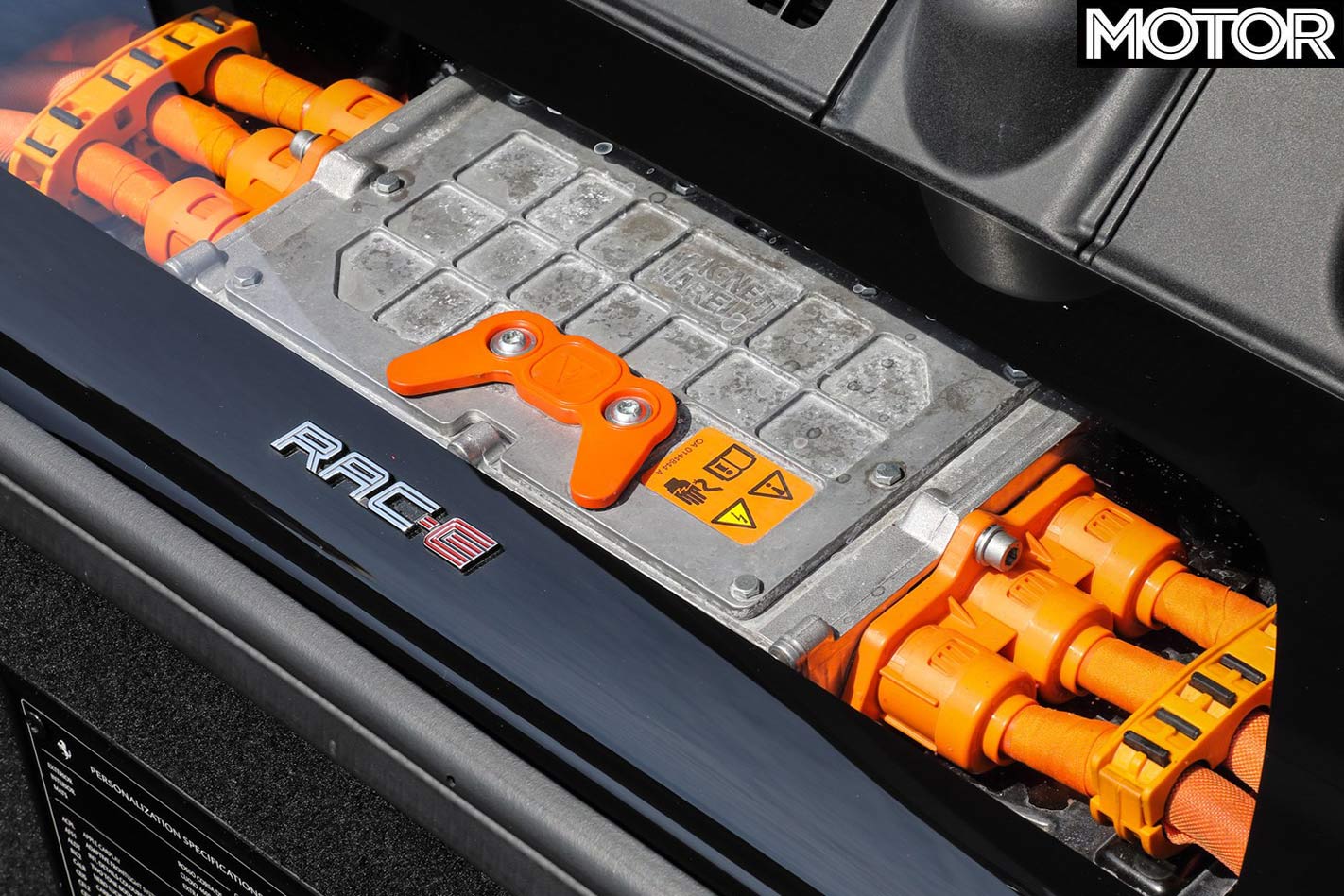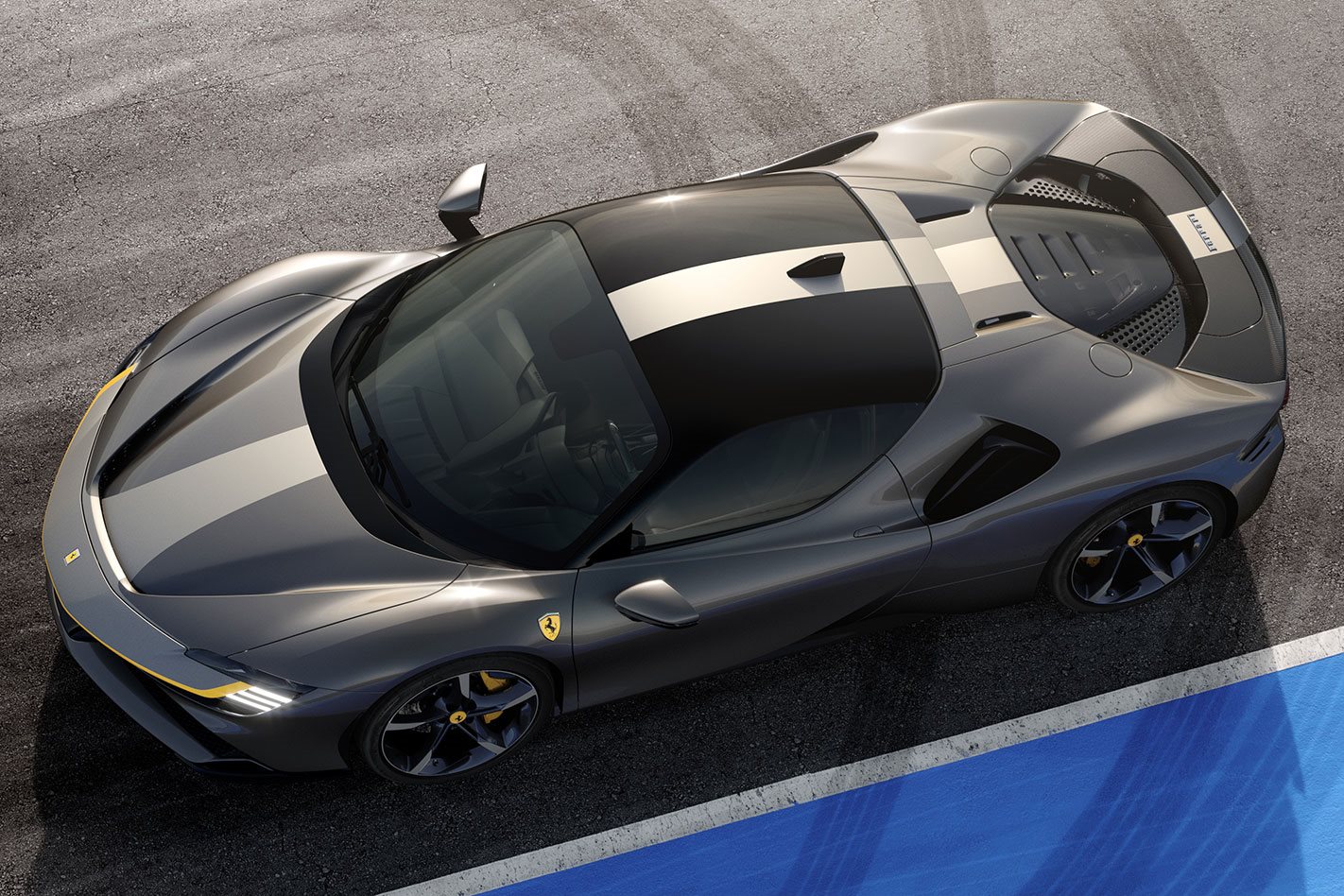It’s the secret weapon behind the headline grabbing 735kW Ferrari SF90 Stradale and yet it’s only about as big as a your average deep-pan pizza. Say hello to the YASA axial-flux electric motor.
If you’re wondering, YASA stands for Yokeless And Segmented Architecture, which both describes the product’s technical standpoint and its manufacturer’s name. But, axial-flux? Pay attention…
Bolted between the SF90’s twin-turbo V8 and dual-clutch transaxle the YASA motor is the key player in the Italian brand’s first-ever full hybrid powertrain.
But given Ferrari has electrified cars like the LaFerrari to shocking levels of power before, what makes the SF90’s rear motor different is its axial flux, or ‘pancake’, design.

Some within the brand claim the special motor is a production car first, while YASA says it’s key to a staggering kilowatt-to-kilogram ratio.
For every kilogram, the rear electric motor it punches out a hefty 14kW in return. To match that sort of power density a Bugatti Veryon’s 8.0-litre W16 quad-turbo engine would need to produce 5600kW.
| MORE: We unleash Ferrari’s 1000bhp hybrid!
The SF90 also happens to pack another two Magneti Marelli electric motors on the front axle for all-wheel drive, like a Honda NSX, but they’re rated at only 8kW-per-kilogram.
At almost half the YASA motor’s power density they highlight the key advantages in the YASA motor’s design, which packages its components differently to the front motors.

Think of a shaft spinning within a cylindrical drum. Magnets inside the drum act on metals on the shaft, forcing it to spin, creating drive.
Whereas with an axial-flux motor, the magnetic field runs along the same axis as the rotating assembly. It’s like having two stacked plates, except one stays stationary and uses electromagnetism to spin the adjacent plate.
Okay, so these are oversimplified explanations, but they make it easier to picture how axial-flux designs are superior.

Whereas in a radial flux design, the magnetic surface area is limited by the drum’s and shaft’s diameters.
In the end, this means the Magnetti Marelli motors, weighing 12kg a pop, can apply 99kW and 85Nm each. Impressive.
But the 10.7kg YASA motor fires a shot of 150kW and 266Nm directly to the SF90 engine’s crankshaft it’s bolted to.
| MORE: The rules that will shape F1’s future
On top of this, YASA claims axial flux motors use less precious metals, reducing cost, while they also lend themselves to stacking, so you can easily double or triple the output by arranging some in a row – like rotary engines – while using little space.
After all, the YASA rear motor measures only 72mm long, explaining its nickname as a ‘pancake’ motor.

Still, the YASA motor’s 150kW output is enough to shade a Renault Clio RS 200 on power and it’s in fact more potent than an F1 car’s Motor Generator Unit Kinetic motor, rated at 120kW.
| Read next Charles Leclerc tears through Monaco in an SF90
But injecting the SF90 with a burst of speed when chasing down McLaren 765LTs is not the YASA motor’s only purpose because the SF90’s front motors are responsible for driving it in reverse when the battery’s drained.
The petrol motor switches on to use the YASA unit as a generator for as long as the front motors need it.






